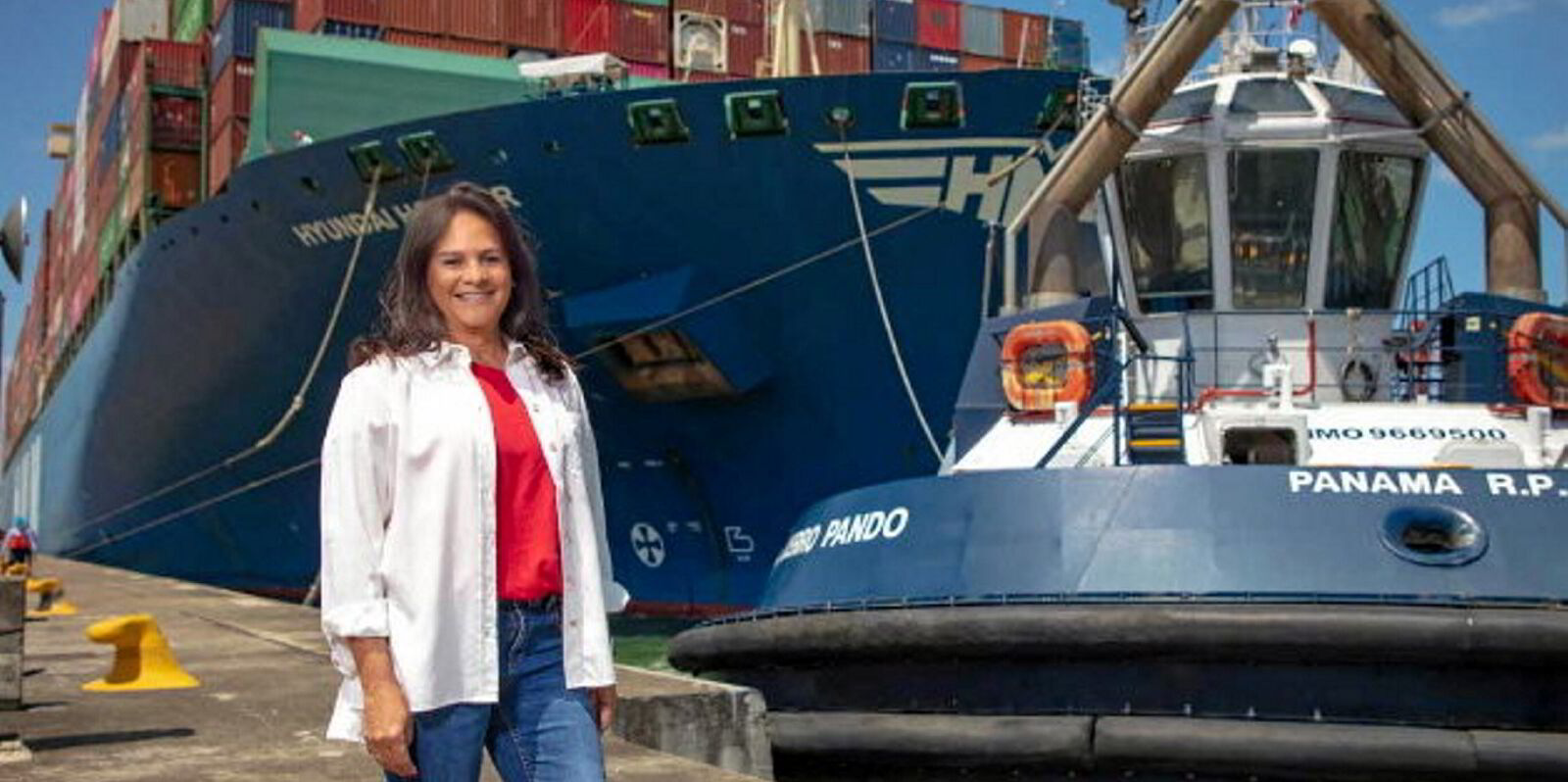Panama Canal daily transits are expected to return to normal from September with 36 vessels passing through as drought restrictions ease, the canal’s deputy administrator said.
Daily transits have increased from 32 at the beginning of July to 34, with a further increase planned for 5 August as water levels on the Gatun Lake continue to rise due to rain returning.
Panama Canal deputy administrator Ilya Espino de Marott told Reuters that transits were “practically back to normal”.
In October, the canal authorities said that after the lowest rainfall that month since 1950, the number of transits would fall to 18 in February.
The plans were changed later that year after water-saving measures and better than expected rainfall, but still began the year at 24 transits.
The limits increased waiting times and the cost of slots, leading to some operators rerouting their vessels to avoid the canal.
“In the summer, the aim is not to have to reduce the number of transit slots, just the draft, as we do every year … and to have normal transit activity from September,” Espino told Reuters.
Climate change and falling water levels pose a major economic risk for Panama, which reaped nearly $5bn in canal revenues in 2023.
The canal’s authorities plan to build a $1.6bn reservoir over the next six years to ensure that the canal will continue to operate.
Read more
- Monjasa raids Christiania and Furetank for tankers as Red Sea chaos boosts demand
- Greek and Chinese tankers open up new suezmax trade from Russia to US West coast
- Rates gain stability as 20 VLGCs take the long route back to US Gulf
- Panama Canal pushes up transits as it marks eight years since expansion project
- Monjasa bring in first storage tanker for bunkering operations at Panama Canal




